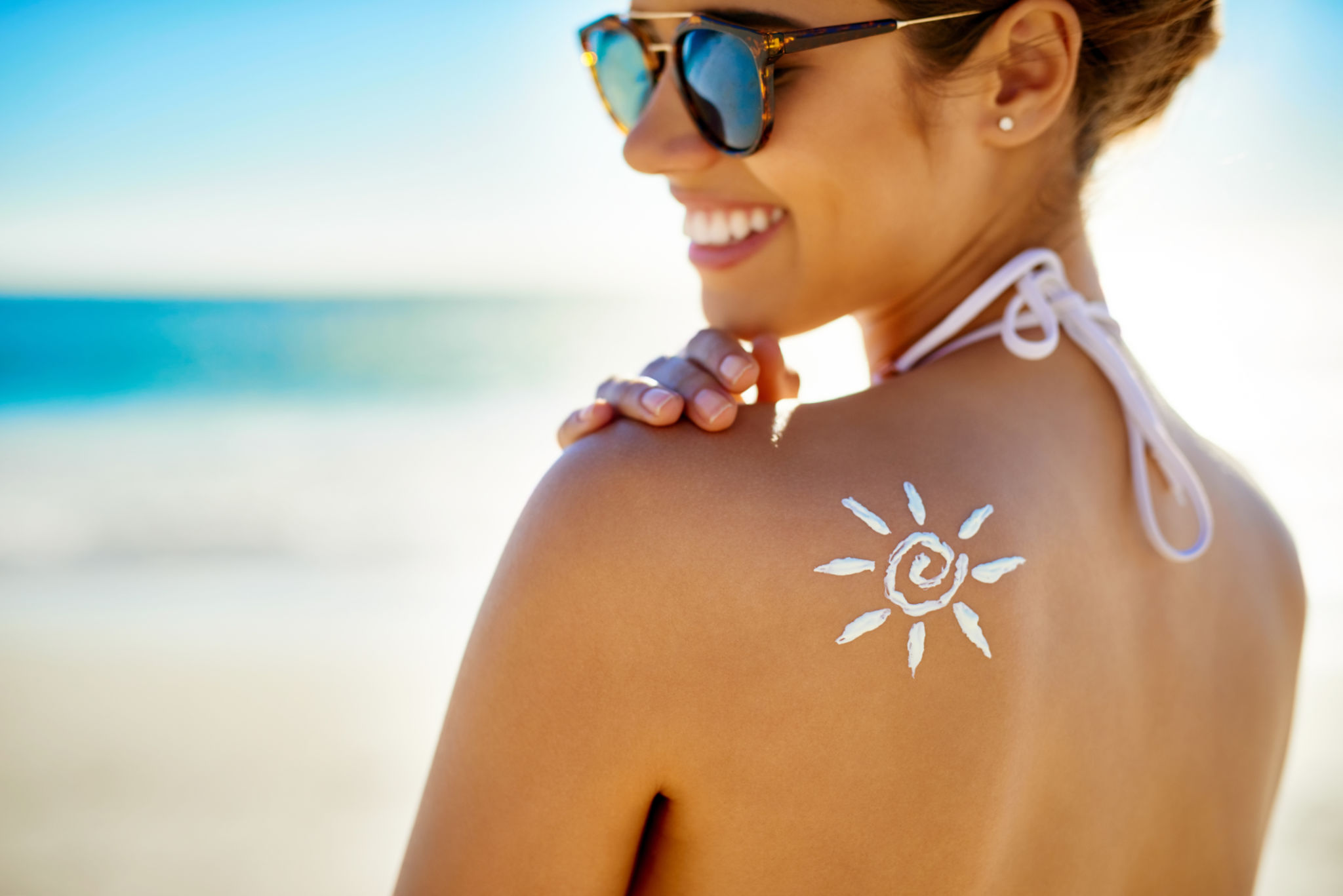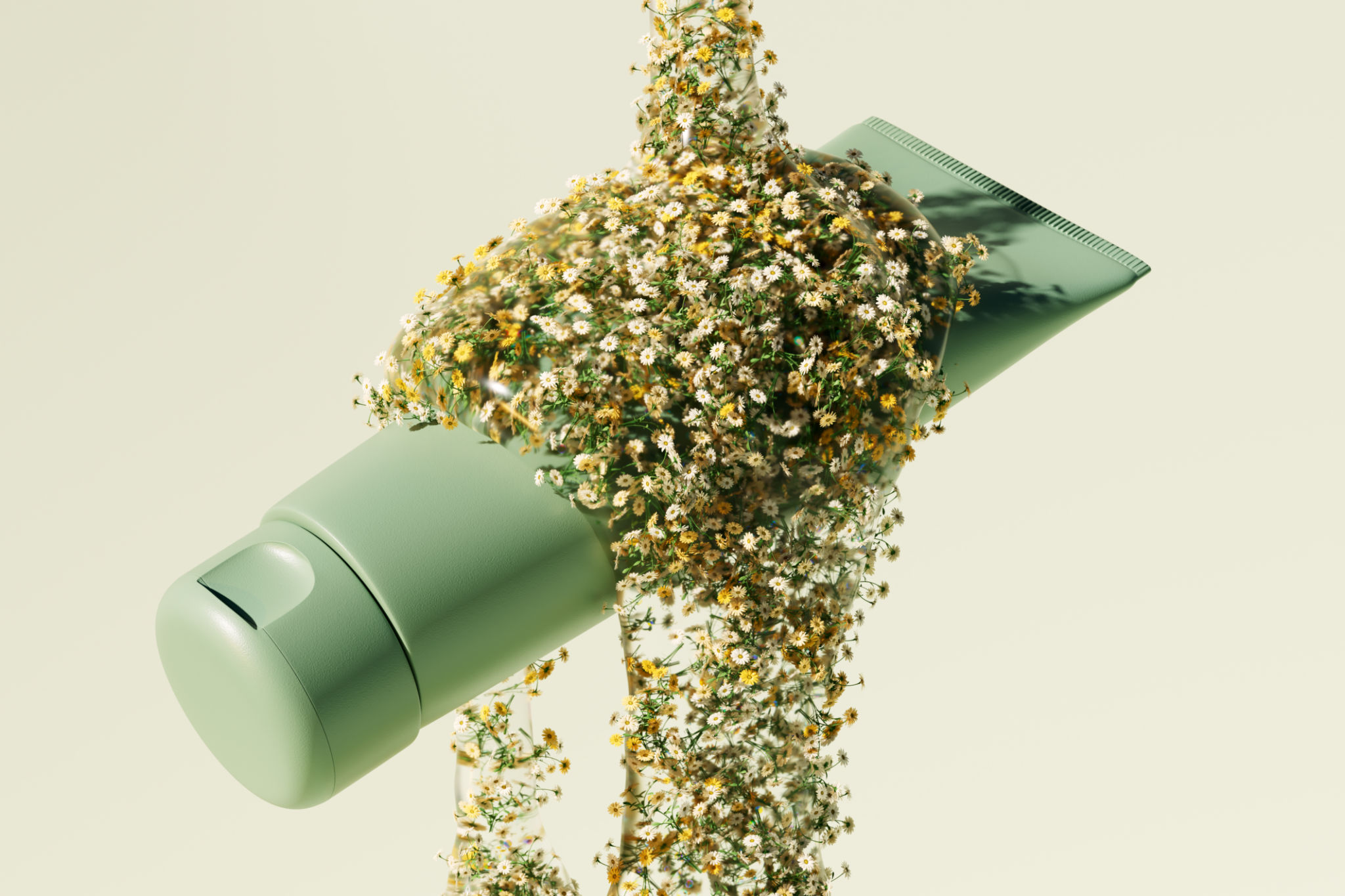Preparing for Non-Invasive Beauty Treatments: Seasonal Tips for Best Results
Understanding the Best Time for Treatments
When planning for non-invasive beauty treatments, timing can significantly impact your results. Different seasons offer varying conditions that can either enhance or hinder the effectiveness of these procedures. Understanding when to schedule your treatments is crucial for achieving optimal outcomes. In this blog post, we'll explore how seasonal changes influence your skin and provide tips on preparing for non-invasive beauty treatments throughout the year.

Winter: A Time for Recovery
Winter might be the perfect time to undergo certain non-invasive treatments. The cooler temperatures and reduced sun exposure create an ideal environment for recovery. Procedures like laser treatments and chemical peels, which can make your skin more sensitive to sunlight, benefit from the decreased UV levels during winter. Moreover, the longer evenings give you ample time to rest and allow your skin to heal properly.
However, winter also brings dry air that can potentially dehydrate your skin. To combat this, ensure you moisturize regularly and consider using a humidifier at home. Drinking plenty of water is also essential to maintain skin hydration from the inside out.
Spring: Revitalizing Your Skin
As the weather warms up and nature begins to bloom, spring offers a wonderful opportunity to revitalize your skin. This season is great for treatments like microdermabrasion and light chemical peels that help remove dead skin cells accumulated over the winter months. These treatments can refresh your complexion and prepare your skin for the increased sun exposure of summer.

Preparing for spring treatments involves adjusting your skincare routine to include sunscreen with higher SPF levels. This will protect your newly treated skin from potential sun damage as you spend more time outdoors.
Summer: Proceed with Caution
Summer presents unique challenges for non-invasive beauty treatments due to higher temperatures and increased sun exposure. While some treatments are best avoided during this time, others like hydrating facials and body wraps can be beneficial. These help maintain skin moisture and combat the drying effects of sun and heat.
It's crucial to apply sunscreen diligently during summer, especially if you've recently had a treatment. Wearing wide-brimmed hats and seeking shade during peak sun hours can further protect your skin from harmful UV rays.

Fall: Preparing for Renewal
Fall is an excellent season to prepare your skin for more intensive treatments that you might plan for winter. As temperatures drop, it's a good time to book appointments for procedures like laser resurfacing or intense pulsed light (IPL) therapy. The mild weather conditions support healing and reduce the risk of complications related to heat exposure.
During fall, focus on nourishing your skin with rich moisturizers and continue using sunscreen to protect against lingering UV rays. This will condition your skin, making it more resilient for any upcoming treatments.
General Tips for All Seasons
No matter the season, certain universal tips apply when preparing for non-invasive beauty treatments:
- Consult with a Professional: Always seek advice from experienced practitioners who can recommend the best treatment plan based on your skin type and seasonal factors.
- Maintain a Consistent Skincare Routine: Keeping your skin healthy through regular cleansing, moisturizing, and sun protection is vital year-round.
- Stay Hydrated: Drinking plenty of water is essential in supporting skin health before and after treatments.
By tailoring your approach according to the season, you can enhance the effectiveness of non-invasive beauty treatments and enjoy lasting results. A little planning goes a long way in ensuring that your skin not only looks its best but also stays healthy throughout the year.
